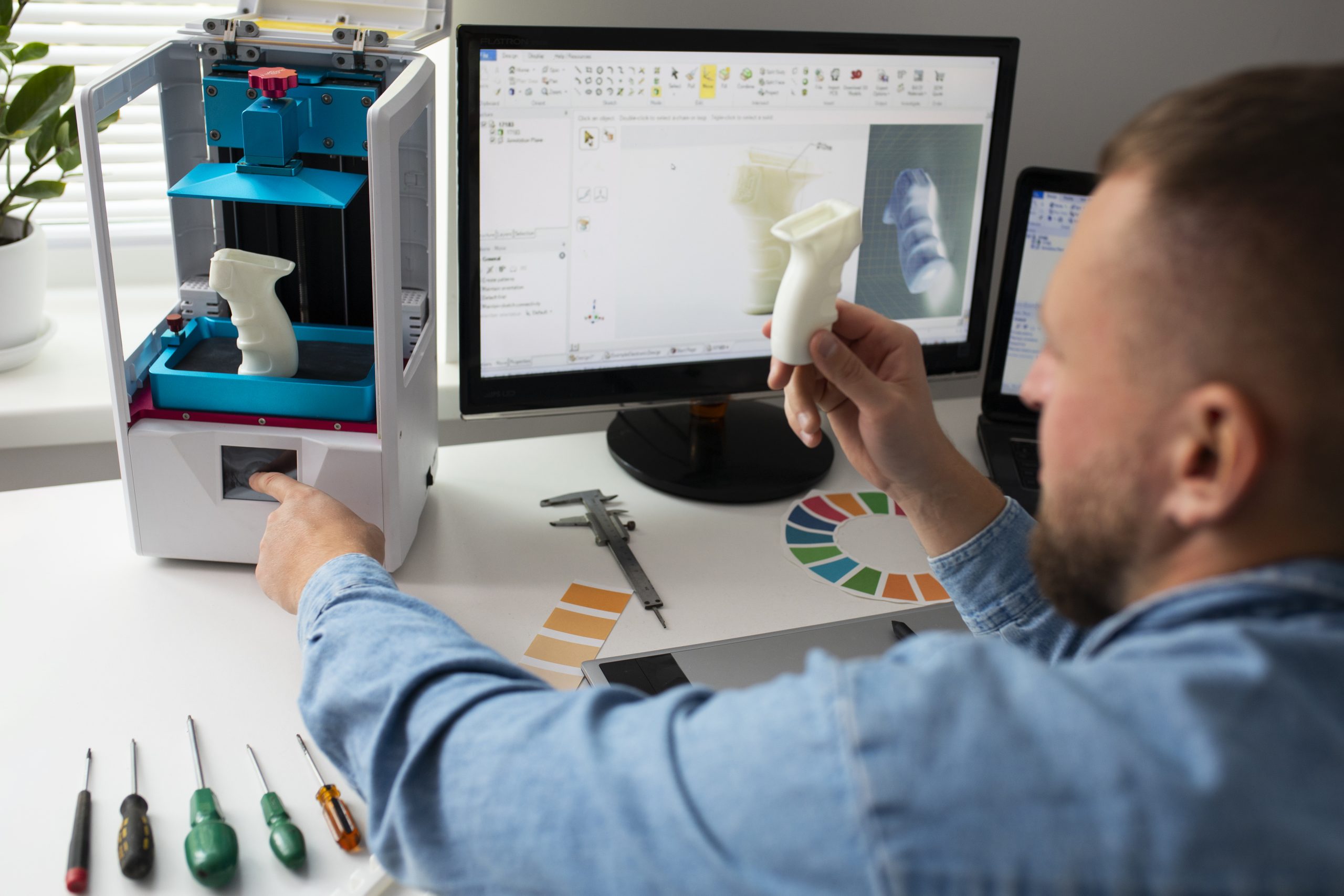
- By qematicadmin
Introduction
The paint manufacturing industry is a complex blend of art and science. With growing demands for customization, stringent environmental standards, and the need for rapid turnaround times, manufacturers are under constant pressure to innovate. Time & Motion Studies are emerging as a critical lever to optimize production, reduce waste, and prepare the groundwork for automation in this dynamic landscape.
Time & Motion Studies—long regarded as tools of lean manufacturing—are now playing a pivotal role in the transformation of process-heavy sectors like paint production. This blog explores how these studies can address key inefficiencies in paint manufacturing and pave the way for intelligent automation and robotics.
Understanding the Paint Manufacturing Process
Paint manufacturing involves a combination of continuous and batch processes. From raw material handling to mixing, tinting, and packaging, the workflow requires precise coordination to ensure consistency and quality. However, this complexity also makes the industry vulnerable to time delays, inefficiencies, and human error.
Key stages in paint manufacturing include:
- Raw material receiving and quality checks
- Mixing and dispersion of pigments and resins
- Quality testing and shade matching
- Filling, packaging, and labeling
- Inventory handling and shipment
Each of these stages is dependent on timing, sequence, and labor efficiency, making them ideal candidates for Time & Motion optimization.
Common Operational Inefficiencies
Despite the use of standardized equipment, paint manufacturing lines often suffer from unbalanced workloads, redundant movements, and manual interventions. Some typical issues include:
- Idle time between batch processing due to manual cleaning or changeovers
- Inefficient layout of production lines, leading to excessive walking or motion
- Manual data entry that delays reporting and decision-making
- Underutilization of human resources due to unclear role distribution
These inefficiencies are often hidden in plain sight and can’t be addressed effectively without an objective, data-driven analysis—precisely what Time & Motion Studies provide.
What Are Time & Motion Studies?
Time & Motion Studies involve the systematic observation and recording of tasks to analyze workflows, measure productivity, and identify opportunities for improvement. These studies focus on:
- Task duration and frequency
- Workflow sequences
- Human and machine interactions
- Task redundancy or overlap
- Movement patterns and time wastage
In paint manufacturing, such studies can be tailored to examine mixing lines, filling stations, and even warehouse operations to understand where time is lost and what tasks add real value.
Benefits of Time & Motion Studies in Paint Manufacturing
- Streamlined Production Workflows
By identifying redundant steps or poorly sequenced tasks, Time & Motion Studies help streamline production, reducing bottlenecks and cycle times. - Improved Labor Utilization
Studies often reveal workforce imbalances—some teams overloaded, others underused. This enables better task distribution and enhances productivity without increasing headcount. - Enhanced Equipment Efficiency
Machine downtime due to changeovers, material shortage, or manual miscommunication can be reduced through synchronized planning derived from motion data. - Foundation for Automation
Before deploying robots, IoT systems, or automated conveyors, businesses need clarity on which processes offer the best ROI. Time & Motion Studies provide the diagnostic data necessary to guide those investments. - Better Workplace Design
Inefficient plant layout leads to unnecessary movements and delays. These studies highlight optimal equipment placement, leading to ergonomic improvements and time savings.
Real-World Applications
In a recent engagement with a major paint manufacturing company, a detailed Time & Motion Study was conducted to evaluate efficiency across their mixing, packaging, and storage areas. The study uncovered that:
- Over 25% of operator time was spent walking between material racks and the filling line
- Shift overlaps were causing 15 minutes of idle machine time per cycle
- Manual reporting delays decision-making by several hours each day
By restructuring shift handovers, optimizing inventory locations, and introducing partial RPA in reporting, the company achieved:
- 30% reduction in non-value-adding activities
- 20% improvement in shift productivity
- Faster, real-time reporting capabilities
The Automation Angle
Once inefficiencies are clearly understood, organizations can implement targeted automation solutions such as:
- Robotic arms for material handling and palletization
- IoT sensors to track machine health and material levels in real-time
- RPA bots for automated reporting, inventory updates, and compliance logs
- AI-driven demand forecasting to optimize batch production planning
This hybrid approach—starting with diagnostics and leading to automation—ensures maximum ROI while avoiding the risk of automating inefficiency.
Conclusion
The paint manufacturing industry stands at the intersection of traditional craftsmanship and digital innovation. As pressures mount to deliver faster, cleaner, and more customized solutions, Time & Motion Studies offer the clarity and insight needed to stay competitive.
By identifying hidden time losses, streamlining motion, and laying a solid foundation for smart automation, these studies help paint manufacturers unlock new levels of efficiency without compromising on quality.
Ready to explore the potential of Time & Motion Studies in your plant?
Let’s talk about how we can help you work smarter, faster, and leaner.

